Nationality Argentine Spouse Susan Field Engineer | Fields Engineer Children Samantha and Madeleine | |
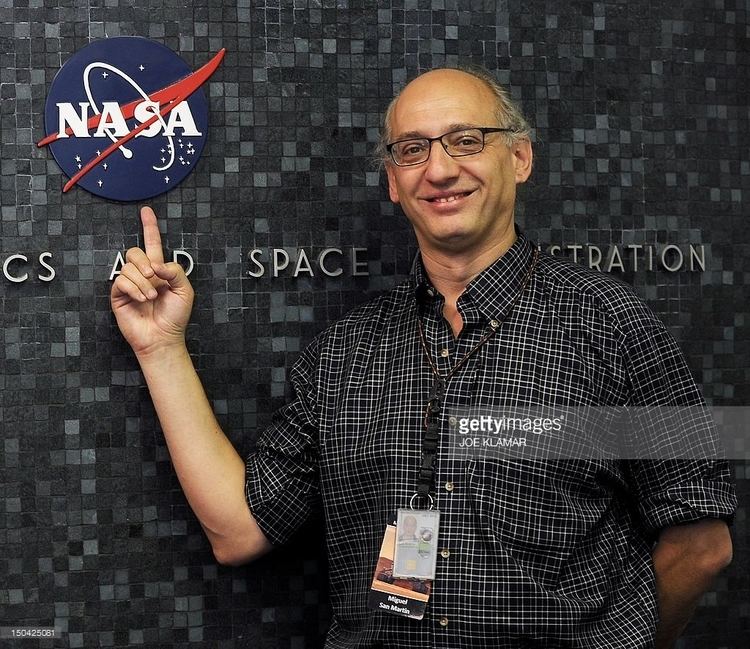 | ||
Born Known for Coinventor of the Skycrane system Notable awards Premio Konex: Diploma al Mérito en Desarrollo Tecnológico, NASA Exceptional Engineering Achievement Medal - NASA, Premio Konex de Platino, Magellan Award for Outstanding Senior JPL Management, Best Paper Award -- 23rd AAS/AIAA Space Flight Mechanics Conference Institutions NASA, Jet Propulsion Laboratory | ||
Conferencia de miguel san mart n en ingenier a
Miguel San Martín (January 6, 1959) is an Argentine engineer of NASA and a science educator. He is best known for his work as Chief Engineer for the Guidance, Navigation, and Control system in the latests missions to Mars. His best known contribution is the SkyCrane system, of which he is coinventor, used in the Curiosity mission for the descent of the rover.
Contents
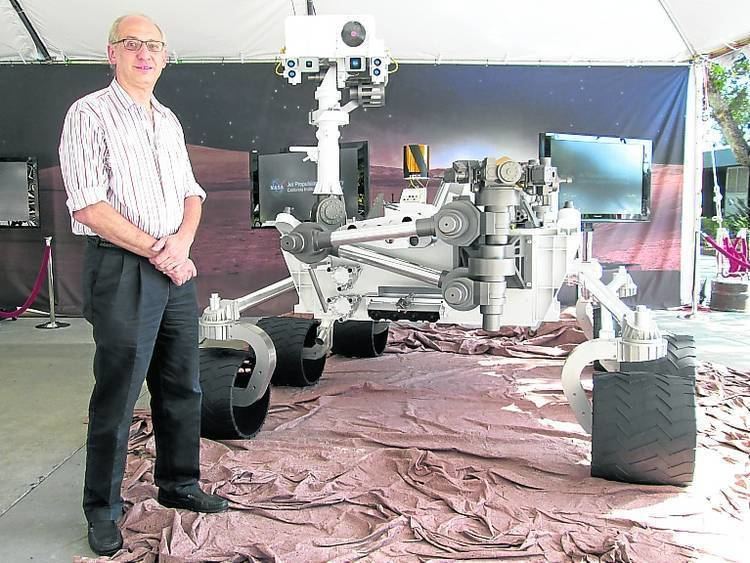
In addition to his work as an engineer, also he is dedicated to give presentations about the work he does with his team at NASA. He participated as a speaker at various events such as Campus Party, Robotics Day, Real Talks Atlanta and TEDx Río de la Plata among other conferences. He is featured in the NASA video "Curiosity's Seven Minutes of Terror", among other Curiosity engineers.
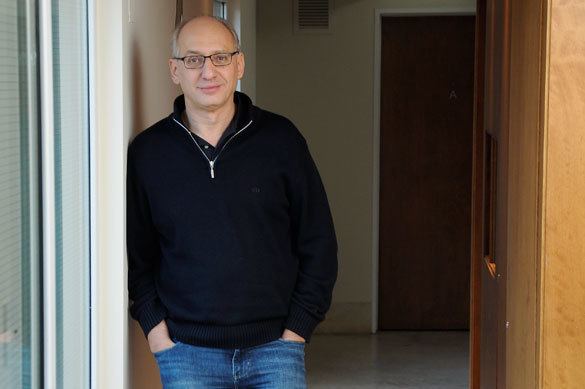
Early life and career
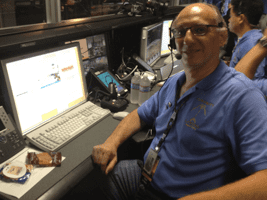
He left Argentina after he graduated from industrial school, and then went to the United States to get a degree in Electrical Engineering from Syracuse University, being named Engineering Student of the Year. He completed his Master's degree at the Massachusetts Institute of Technology.
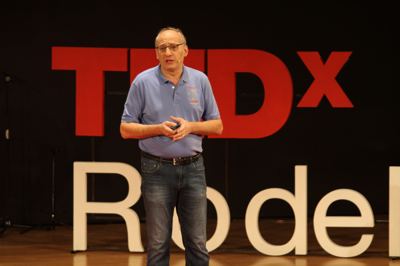
In various interviews he said that he decided that he wanted to be a space engineer on a winter's night in 1976 at his parent's farm, while he listened to the BBC on short wave reporting the arrival of the Viking mission to Mars.
He started working for the NASA Jet Propulsion Laboratory in 1985, where he participated in the Magellan to Venus and Cassini to Saturn missions. Later in the Pathfinder mission he was named Chief Engineer for the Guidance, Navigation, and Control system, which landed Sojourner rover. In the same role he was part of the Spirit mission and Opportunity mission in 2004, and Mars Science Laboratory, which landed the Curiosity rover on the surface of Mars. He helped to develop the SkyCrane system to land Curiosity on the surface of Mars, and with his team at JPL he also worked on the software for the landing. He is a member of the NASA National Engineering and Safety Center.
